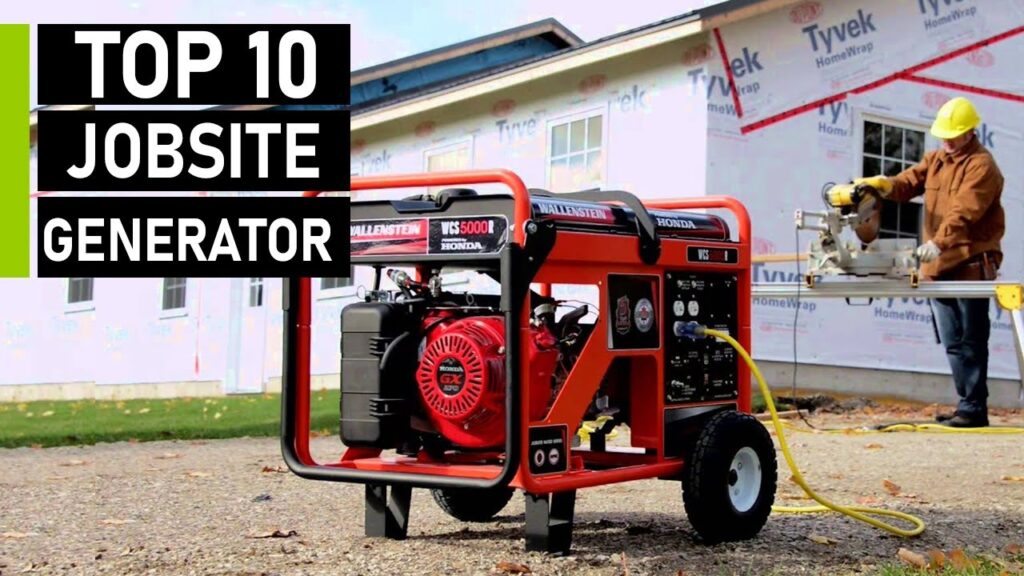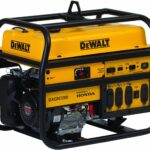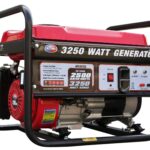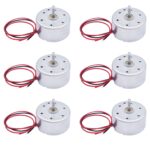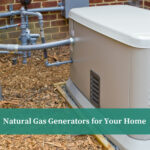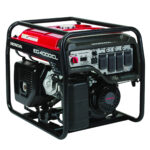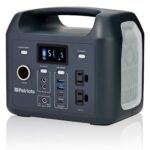Are you planning a generators project and looking for a reliable and powerful source of electricity? If so, then a jobsite generator can be a great choice for your project. A jobsite generator is a powerful and versatile generator that can provide a reliable source of electricity for your project, no matter what the conditions. With a jobsite generator, you can be sure your project will have a dependable and efficient source of electricity. In this article, we will explore the benefits of a jobsite generator and how it can help you complete your generators project successfully.
Portable Generators
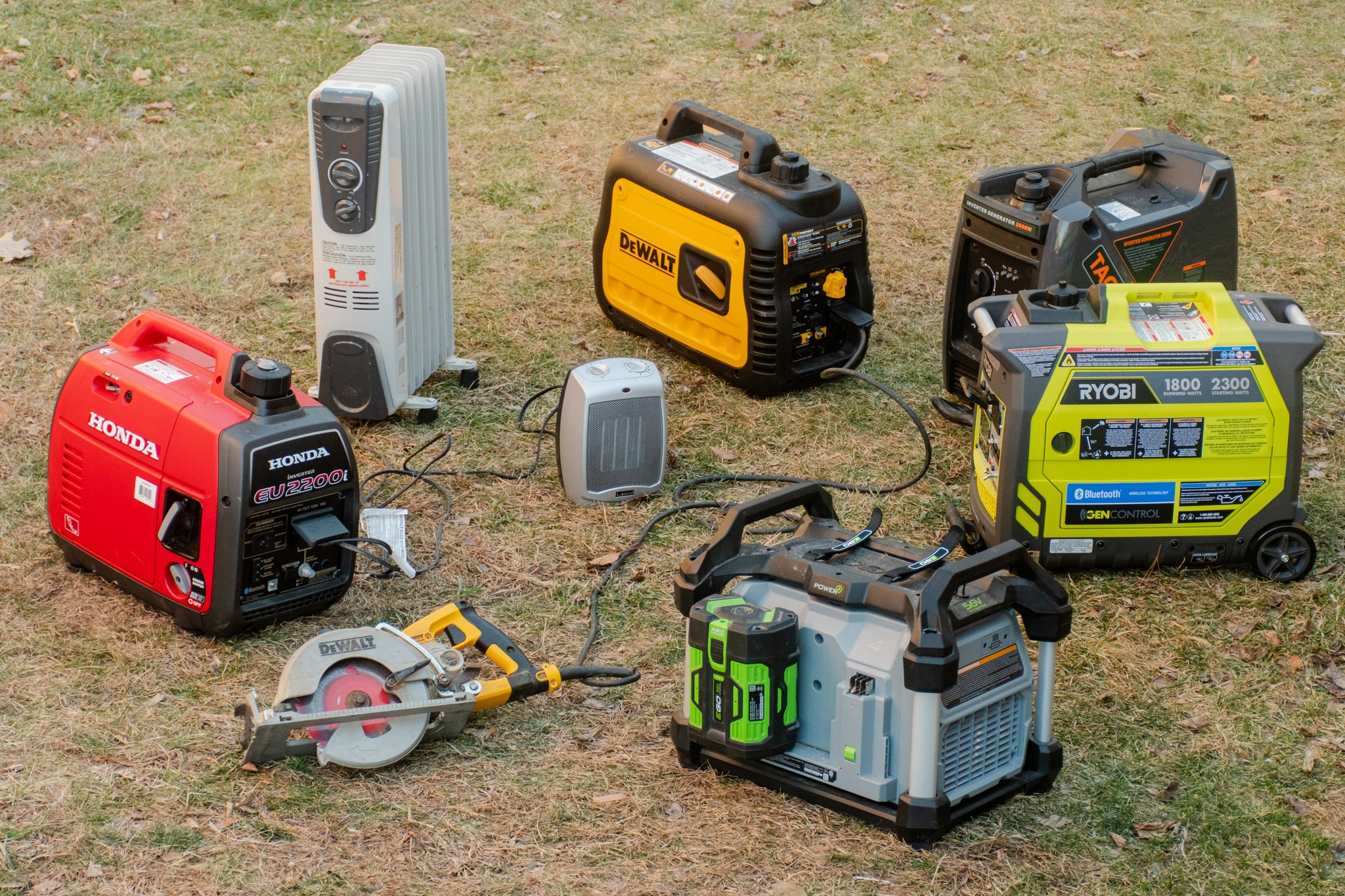
Portable generators are a great solution for those who need a dependable source of temporary power. These generators are typically powered by a gasoline engine, and are designed to be easy to move and store. Portable generators are ideal for outdoor events, camping trips, job sites, and more.
Standby Generators
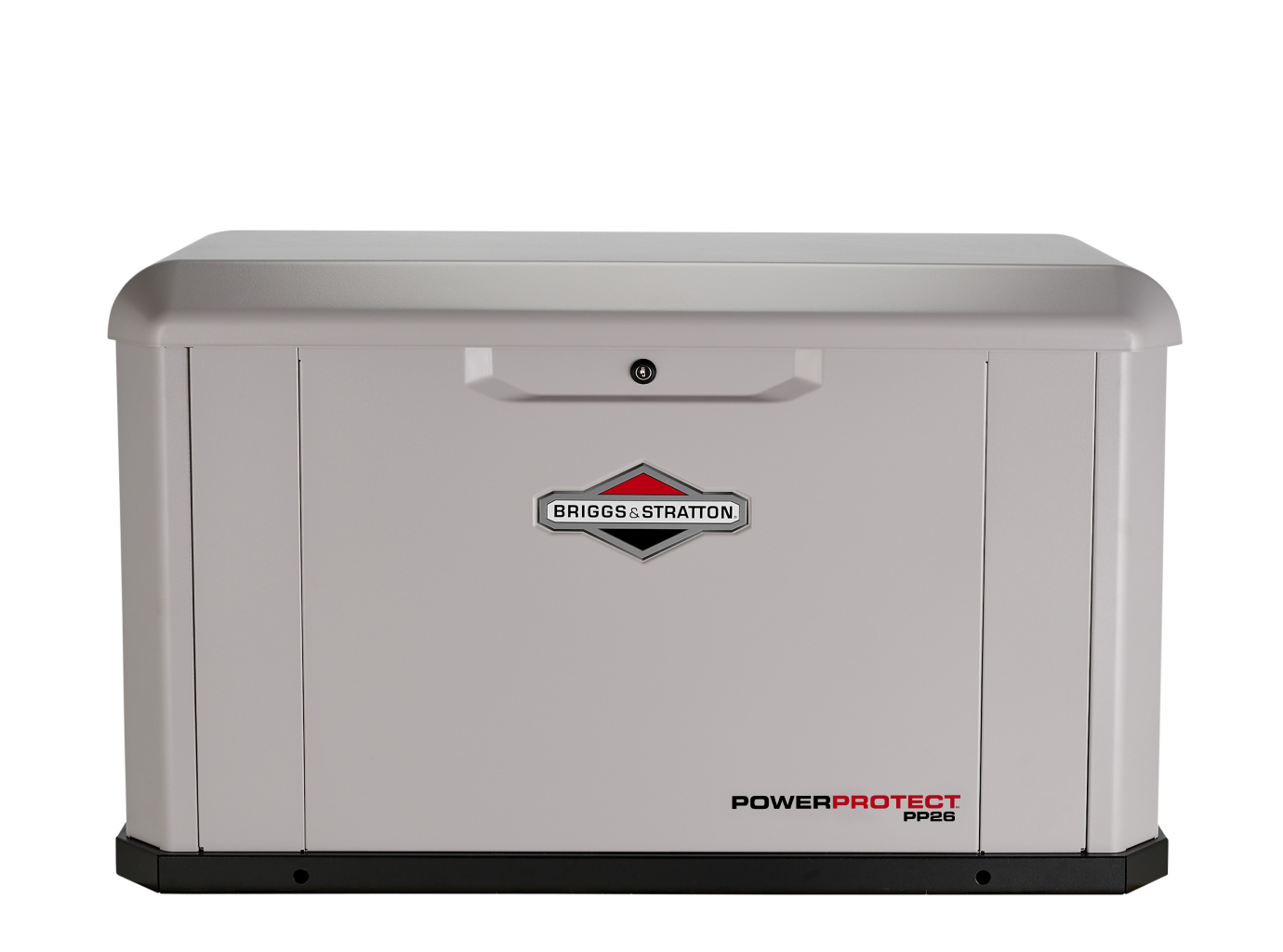
Standby generators are a great choice for those who need reliable, long-term power. These generators are typically powered by natural gas or propane, and are permanently installed outside of a home or business. Standby generators provide reliable power for days or weeks at a time, and are ideal for those who need to stay connected during a power outage.
Inverter Generators
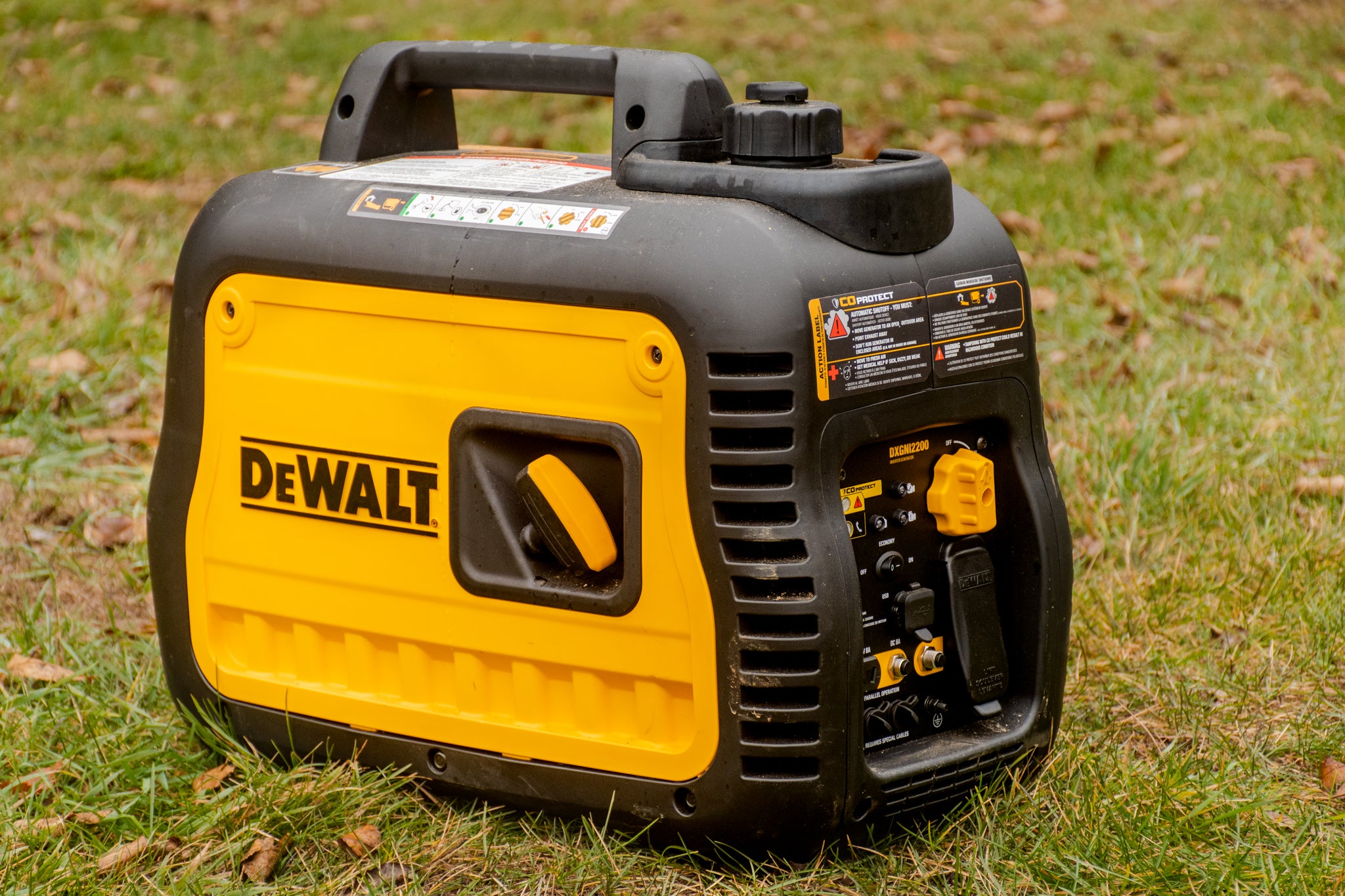
Inverter generators are a great choice for those who need reliable, portable power. These generators are powered by gasoline engines and feature advanced technology that allows them to produce clean, quiet power. Inverter generators are ideal for camping trips, tailgates, and other outdoor events.
Power Output

When selecting a job site generator, the power output is a major factor to consider. The wattage you need will depend on the type of job you are doing and the power requirements of the equipment you are using. If you are powering several machines at once, you will need a generator with an increased wattage.
Fuel Type
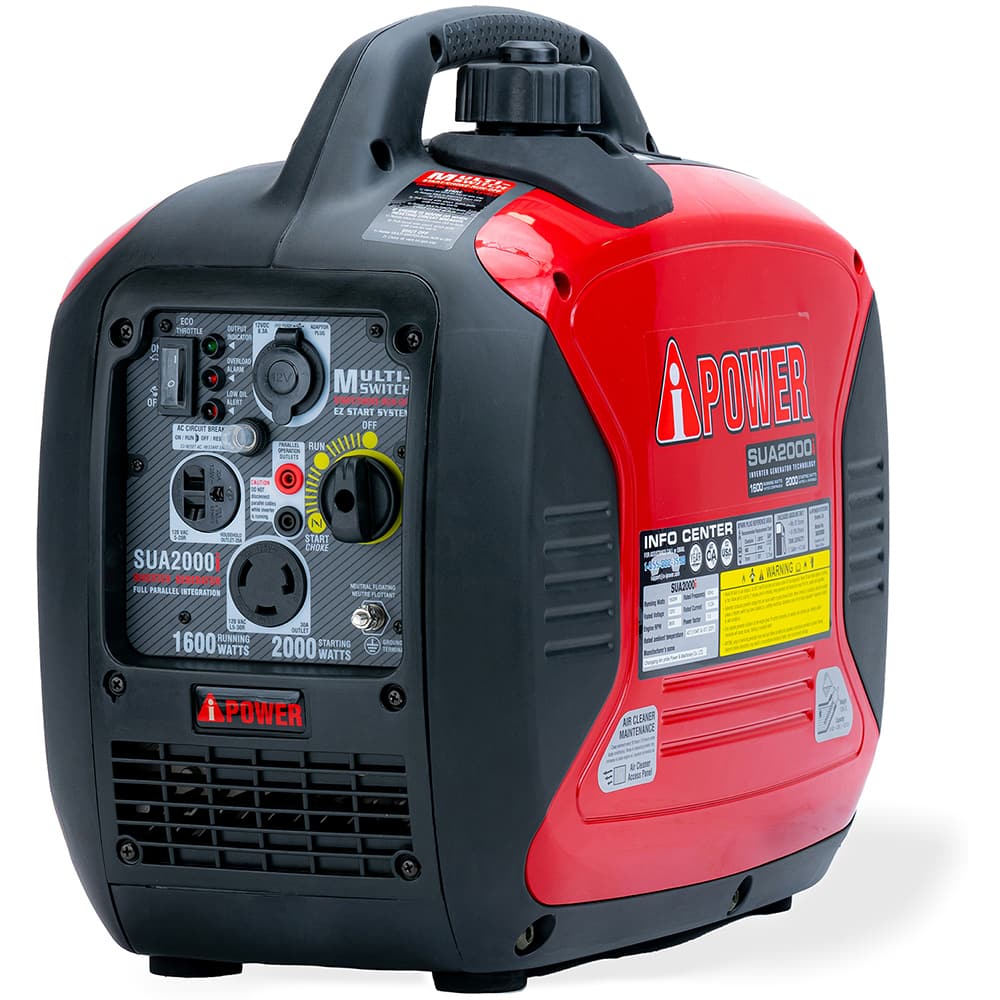
Job site generators are available in both diesel and gasoline models. Diesel generators are more efficient and reliable, but also more expensive. Gasoline generators are less expensive but require more maintenance. Consider your budget and the type of job when selecting a fuel type for your job site generator.
Size
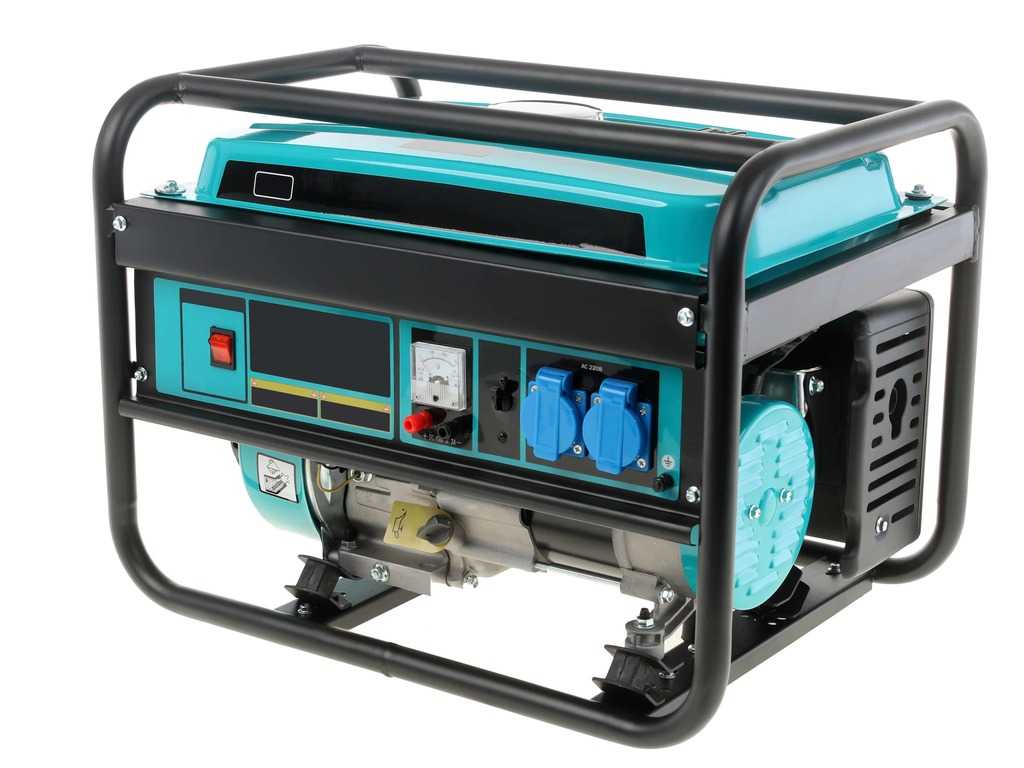
Size is another factor to consider when selecting a job site generator. You need to consider how much space you have available to store the generator and how much space you will need for the job site. A smaller generator is ideal for a smaller job site, but it won’t be able to power larger machines or multiple machines.
Price
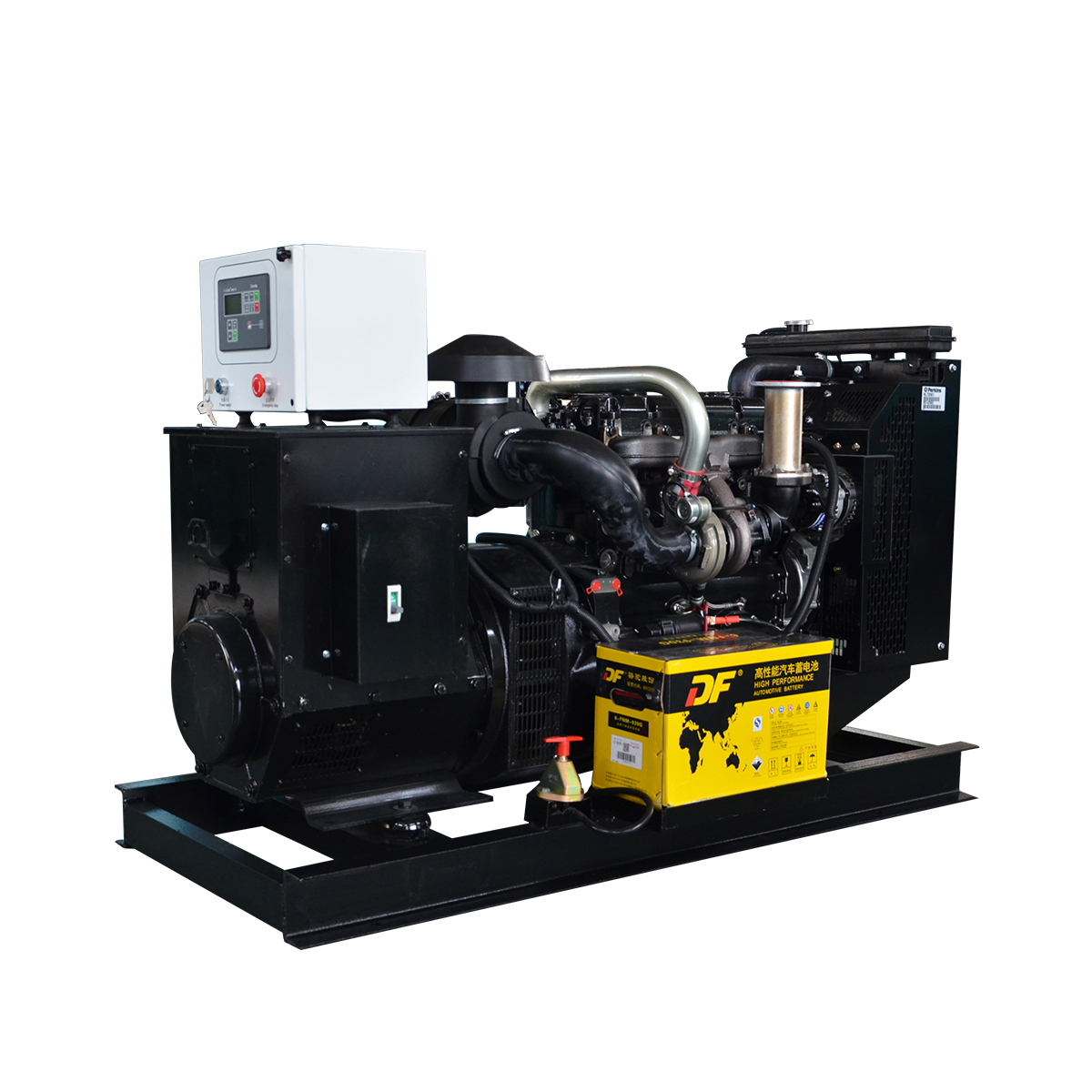
The price of job site generators can vary significantly depending on the features and power output. Consider the features you need and the price you are willing to pay before selecting a generator. It is also important to factor in the cost of fuel and maintenance when selecting a job site generator.
5 Durability
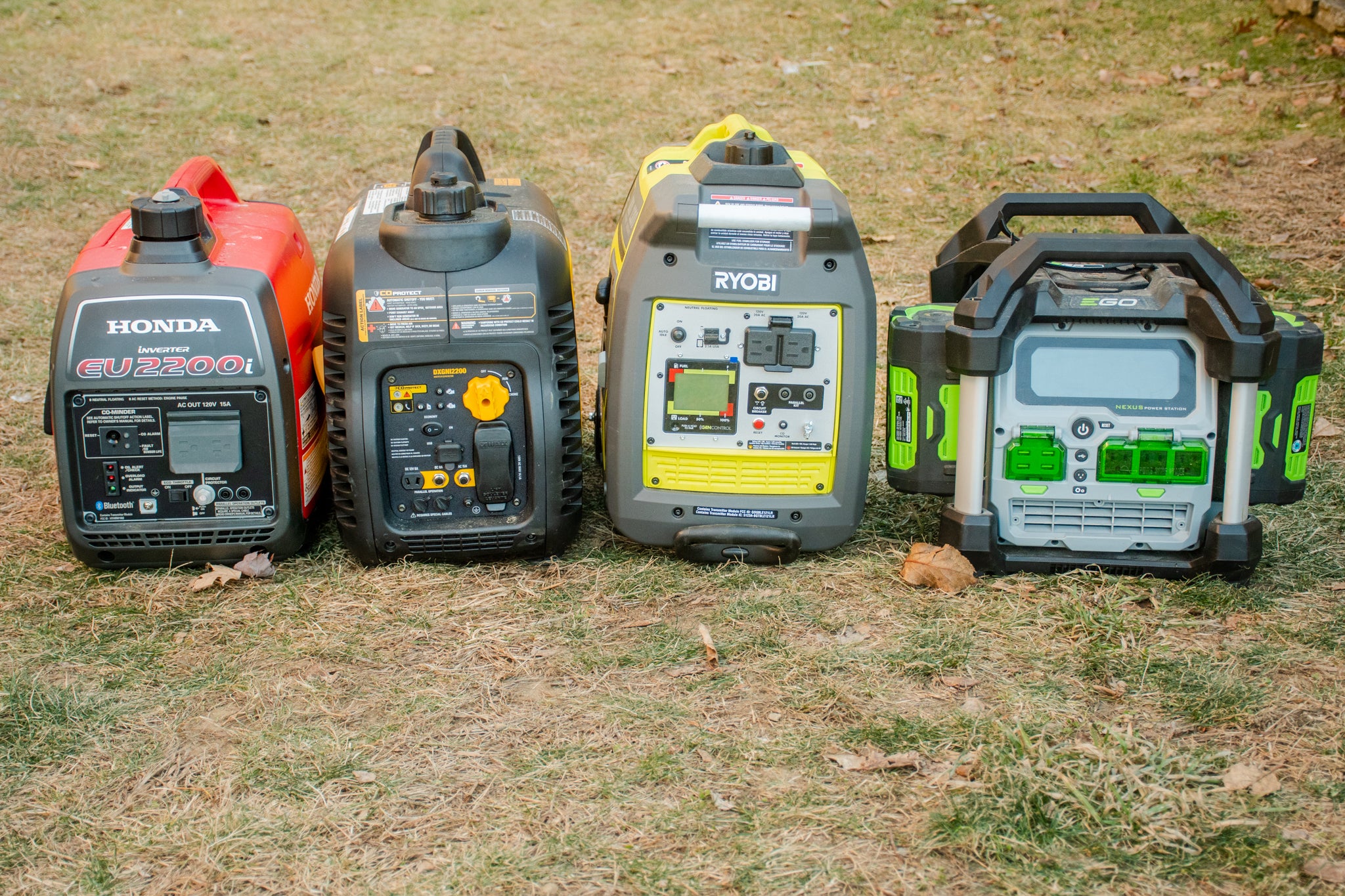
A jobsite generator must have superb durability to withstand the rigours of an outdoor construction environment. To ensure your jobsite generator will last, look for these five features:
1. Heavy-duty construction: Look for a jobsite generator that is built with strong, durable materials such as steel or aluminum.
2. Weatherproofing: The generator should be able to withstand heat, cold, rain, and snow without any issue.
3. Rust-resistant coating: The exterior of the generator should be coated with a rust-resistant material such as powder-coated paint.
4. Sealed electronics: The electronic components of the generator should be sealed with a waterproof sealant to protect them from the elements.
5. Self-cleaning feature: A self-cleaning feature will help keep your generator running smoothly and efficiently.
6 Noise Level
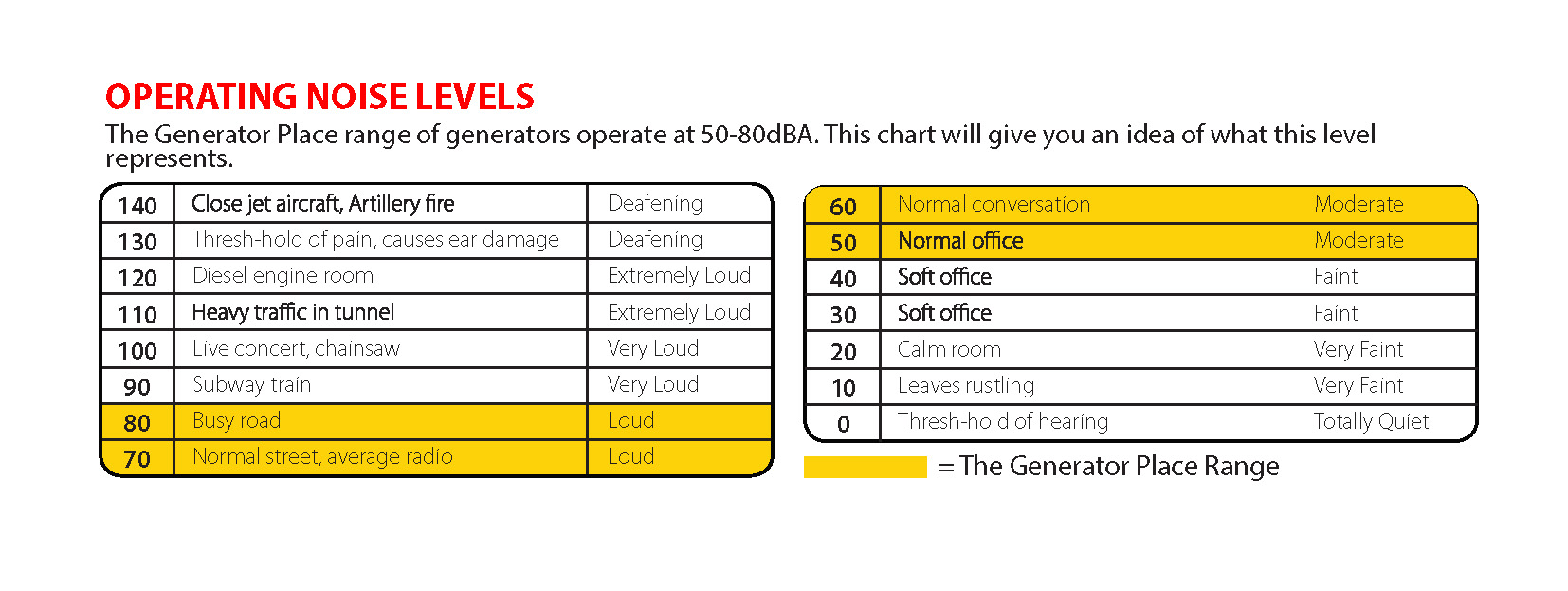
- Below 65 dBA – Quiet
- 65–70 dBA – Normal
- 71–75 dBA – Loud
- 76–80 dBA – Very Loud
- 81–85 dBA – Dangerous
- Above 85 dBA – Extremely Dangerous
A jobsite generator can produce noise levels ranging from quiet to extremely dangerous. Noise levels below 65 dBA are considered quiet, 65–70 dBA are considered normal, 71–75 dBA are considered loud, 76–80 dBA are considered very loud, 81–85 dBA are considered dangerous, and anything above 85 dBA is considered extremely dangerous. It is important to be aware of the noise level of your jobsite generator and to use protective equipment when necessary.
Benefits of Job Site Generators
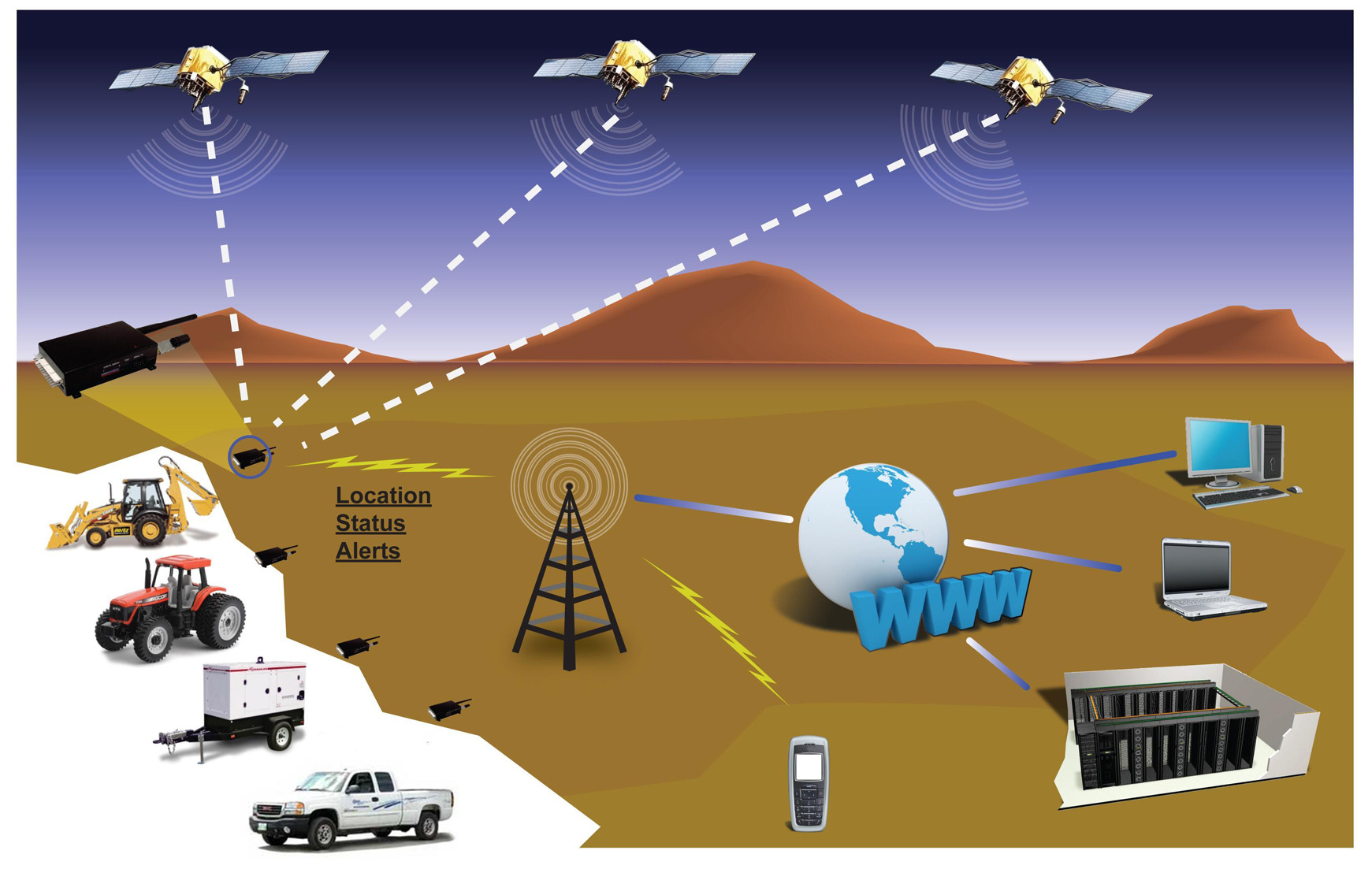
| Benefit | Details |
|---|---|
| Time Saving | Job Site Generators can save time by creating job sites quickly and efficiently. |
| Cost Reduction | Job Site Generators can reduce the cost of creating job sites by eliminating the need for manual coding. |
| Customization | Job Site Generators make it easy to customize job sites, allowing users to create a unique and tailored experience. |
| Seamless Integration | Job Site Generators can be integrated with existing tools, such as applicant tracking systems, to provide a seamless experience. |
| Analytics | Job Site Generators can provide insight into job site performance, allowing users to make data-driven decisions about the job board. |
Job Site Generators provide an efficient and cost-effective way to create job sites. They can save time, reduce costs, and allow for customization and seamless integration. Furthermore, they can provide analytics to help users make informed decisions about their job board.
1 Convenient
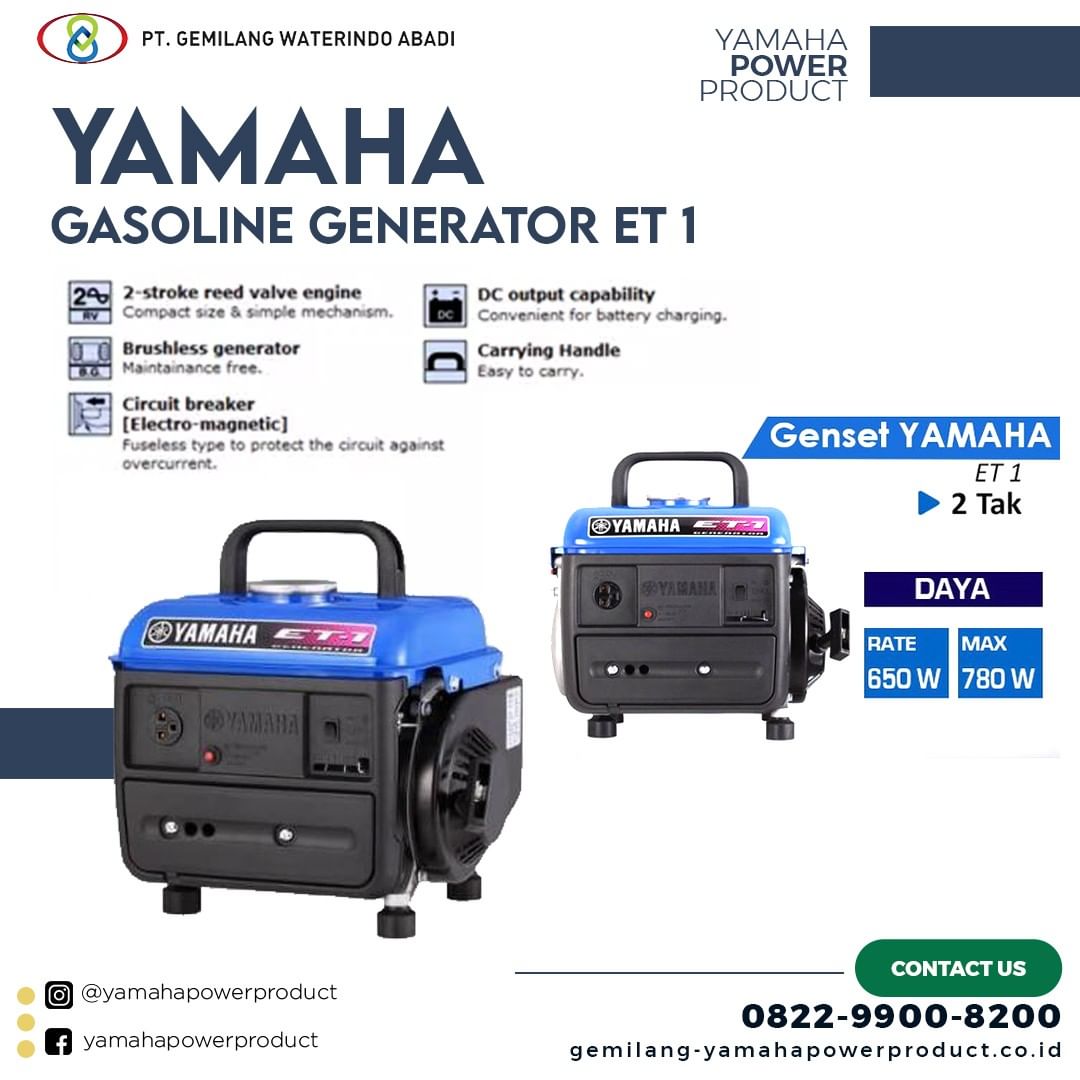
The Jobsite Generator is designed to provide a convenient solution for any construction project. It includes a range of features to help streamline the process of organizing, scheduling, and tracking jobsite activities. This includes an intuitive search feature to quickly locate the right tools and materials, an easy-to-use scheduling interface, and a comprehensive reporting system. Additionally, the Jobsite Generator allows users to easily access job-related documents, photos, and videos, as well as view job-related updates in real-time.
2 Versatile

| Features | Details |
|---|---|
| Lightweight | The generator is lightweight and easy to use. |
| Portable | The generator is portable, so you can easily bring it to any job site. |
| Fuel-Efficient | The generator is fuel-efficient and can run for long hours. |
| Quiet Operation | The generator runs quietly, so it won’t disturb anyone working nearby. |
| Easy to Start | The generator is easy to start up and will start quickly. |
| High-Power Output | The generator has a high-power output that can handle a variety of jobsite needs. |
The 2 Versatile jobsite generator is a reliable and efficient tool that can handle any job site needs. With its lightweight and portable design, it is easy to bring to any location. It is fuel-efficient and can run for long hours without needing refueling. Plus, it operates quietly, so it won’t disturb anyone working nearby. The generator is also easy to start and has a high-power output that can handle a variety of jobsite needs.
3 Reliable

1. Easy to Use: Jobsite Generator allows for easy and intuitive job search, with the ability to search for jobs by industry, location, and job title. The interface is user-friendly, making it simple to navigate and find jobs quickly.
2. Comprehensive Job Database: Jobsite Generator provides access to a comprehensive database of jobs from all over the world. It is updated regularly, ensuring users have access to the latest job postings.
3. Accurate Job Matches: Jobsite Generator uses advanced algorithms to match users with the most relevant job postings, based on their skills, qualifications, and preferences. This ensures users get accurate job recommendations, helping them find the best job for their skills and experience.
4 Cost-Effective Jobsite Generators
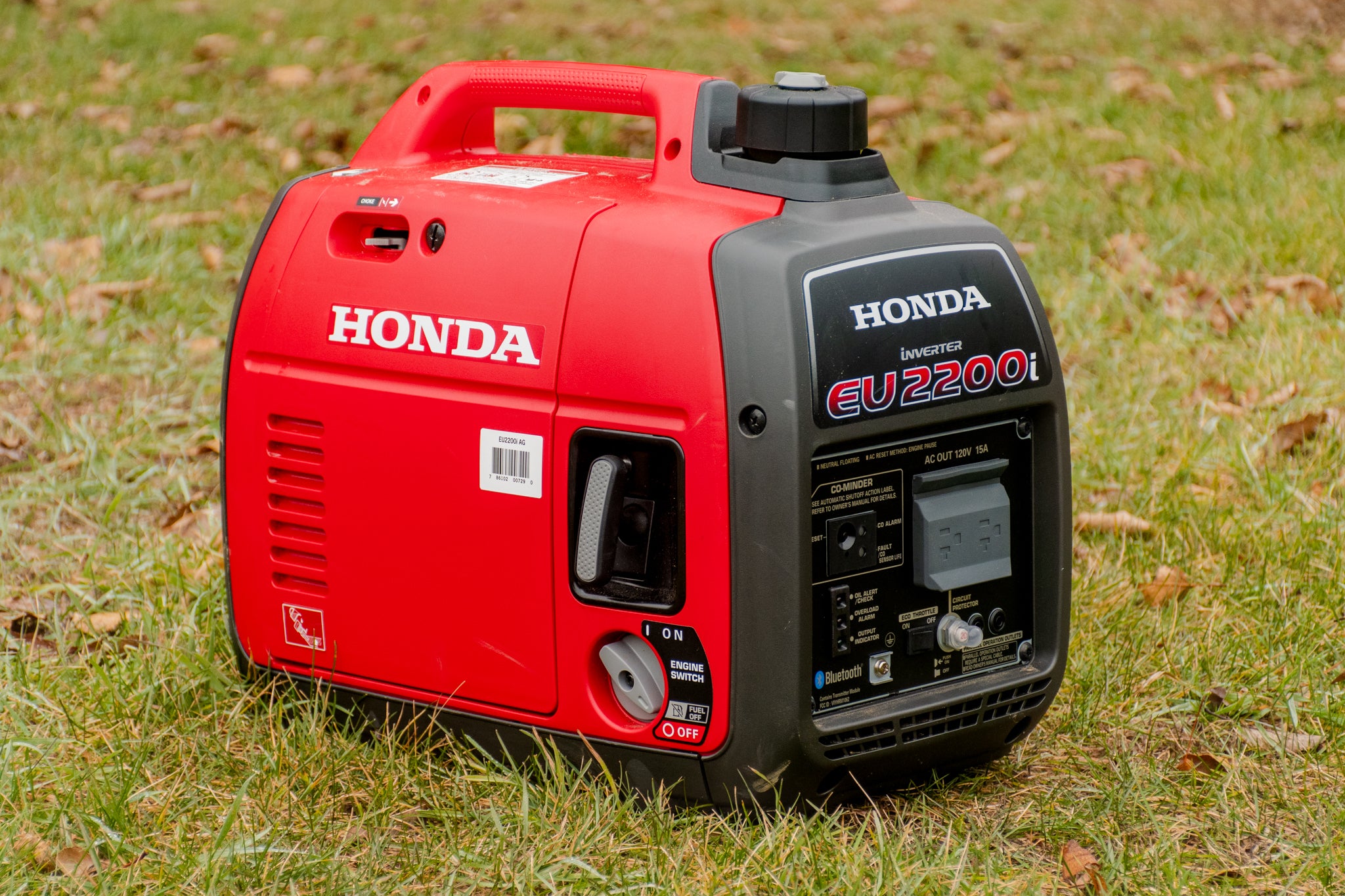
| Brand | Model | Power | Price |
|---|---|---|---|
| Honda | EU2000I | 2000W | $1,149 |
| Westinghouse | WGen7500 | 7500W | $1,299 |
| Champion | 100302 | 9375W | $1,029 |
| Caterpillar | RG6090 | 6000W | $1,369 |
Jobsite generators are essential tools for construction sites and other job sites. While more powerful generators can be more expensive, there are several cost-effective options available for those who are on a budget. Here are four cost-effective jobsite generators that offer the power and efficiency you need: the Honda EU2000I, the Westinghouse WGen7500, the Champion 100302, and the Caterpillar RG6090. All of these models offer a reliable, efficient power source at an affordable price.
Common Uses for Job Site Generators

- Creating job postings for recruitment campaigns.
- Generating job descriptions and posting them on job sites.
- Developing personalized job searches with specified criteria.
- Running searchable job databases.
- Building job search engines to facilitate candidate discovery.
- Developing and managing job boards.
- Creating job alerts for users.
- Tracking job postings and applications.
- Organizing job postings into categories and subcategories.
- Generating reports on job postings, applications, and searches.
1 Construction Sites

Construction sites involve a wide range of activities such as excavation, building foundations, pouring concrete, installing utilities, and erecting walls. The construction site is typically managed by a project manager and overseen by a safety manager who is responsible for the safety of workers. Workers may include subcontractors and laborers who are responsible for specific tasks.
The construction site must also be properly organized and equipped with the necessary tools and materials in order to ensure a safe and efficient project. The project manager must be sure to provide the necessary tools and materials and ensure that workers are properly trained and supervised.
The project manager must also ensure that all necessary permits and inspections are obtained, and that the site is properly maintained to meet safety and environmental standards. The safety manager must be sure to enforce safety regulations and monitor worker safety. The project manager must also ensure that all workers are properly compensated and that the project is completed on time and within budget.
| Task | Responsible Party |
|---|---|
| Excavation | Subcontractors and Laborers |
| Building Foundations | Subcontractors and Laborers |
| Pouring Concrete | Subcontractors and Laborers |
| Installing Utilities | Subcontractors and Laborers |
| Erecting Walls | Subcontractors and Laborers |
| Obtaining Permits and Inspections | Project Manager |
| Maintaining Site | Project Manager |
| Enforcing Safety Regulations | Safety Manager |
| Monitoring Worker Safety | Safety Manager |
| Compensating Workers | Project Manager |
| Completing Project on Time and Within Budget | Project Manager |
2 Emergency Power

| Generator Type | Power Source | Usage |
|---|---|---|
| Portable | Gasoline | Emergency power for limited time |
| Standby | Gasoline, Propane or Natural gas | Continuous emergency power |
Jobsite generators are available in two varieties; portable and standby. Portable generators are powered by gasoline and are used for emergency power for a limited time. Standby generators are powered by gasoline, propane, or natural gas and are used for continuous emergency power.
3 Camping
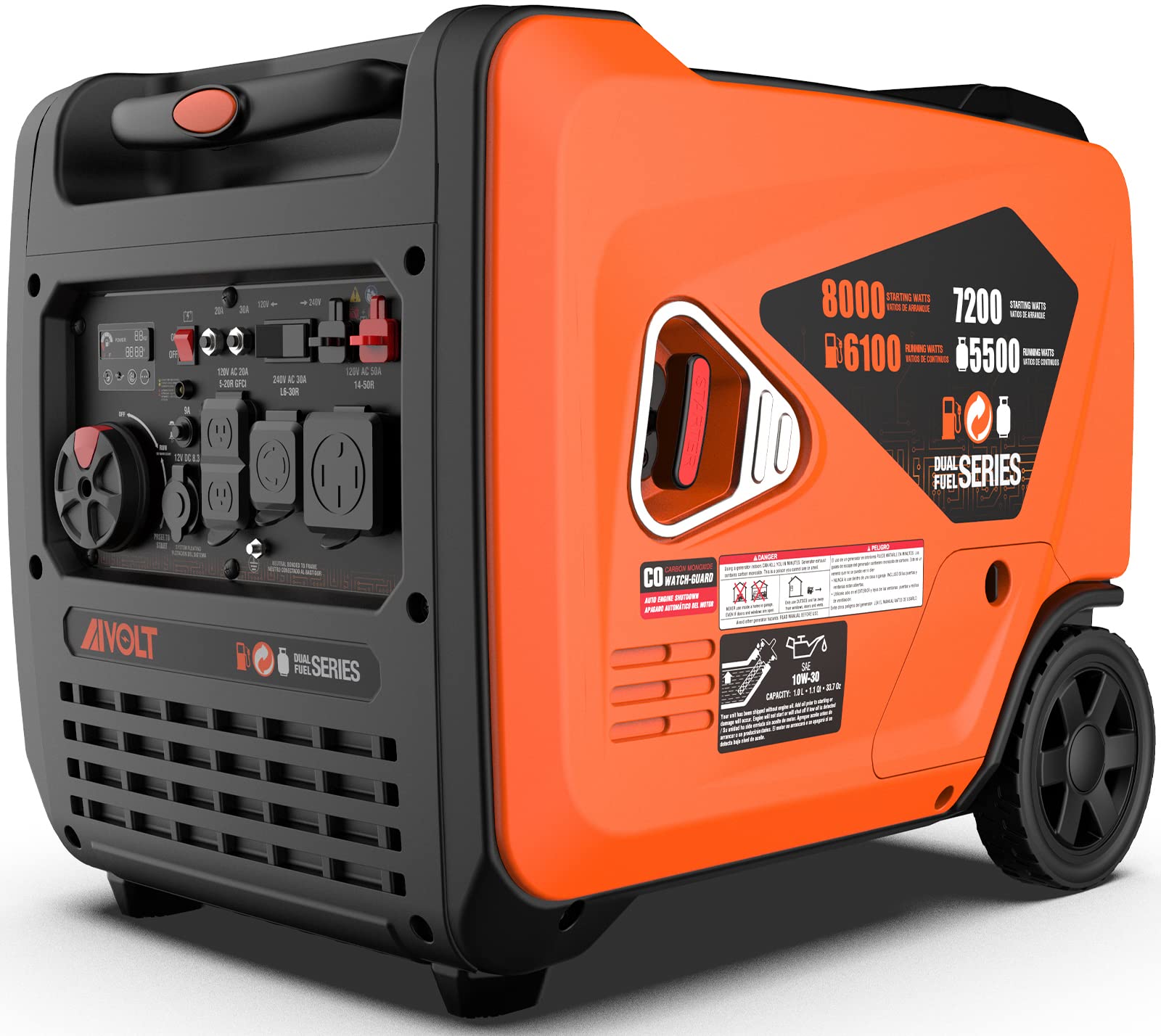
- Backpacking: This involves carrying all necessary camping gear and supplies on your back while trekking to a campsite, usually in a remote location.
- Car Camping: This involves driving to a campsite with your vehicle and setting up a camp there.
- Wilderness Camping: This involves completely roughing it in the wilderness, with no amenities or supplies.
4 Boating
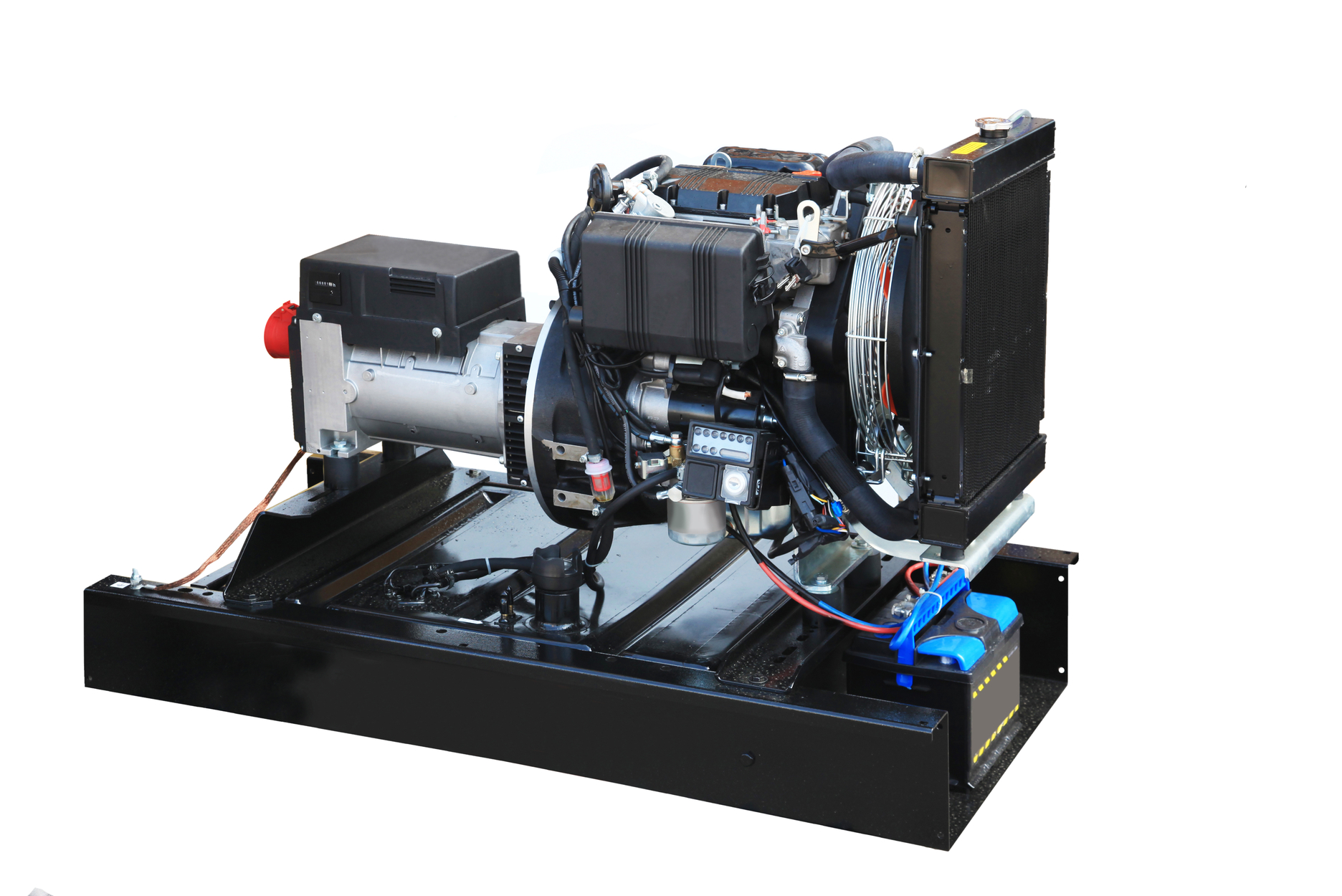
| Title | Description |
|---|---|
| Boat Captain | Responsible for the operation of a boat, the safety of the vessel, and the wellbeing of the passengers and crew. |
| Marine Engineer | Responsible for the maintenance and repair of boat engines, engines and other systems. |
| Marine Technician | Responsible for the repair and maintenance of boats, engines, and other boat systems. |
| Maritime Security Officer | Responsible for the security of a boat, the crew, and its passengers. |
Popular Job Site Generators
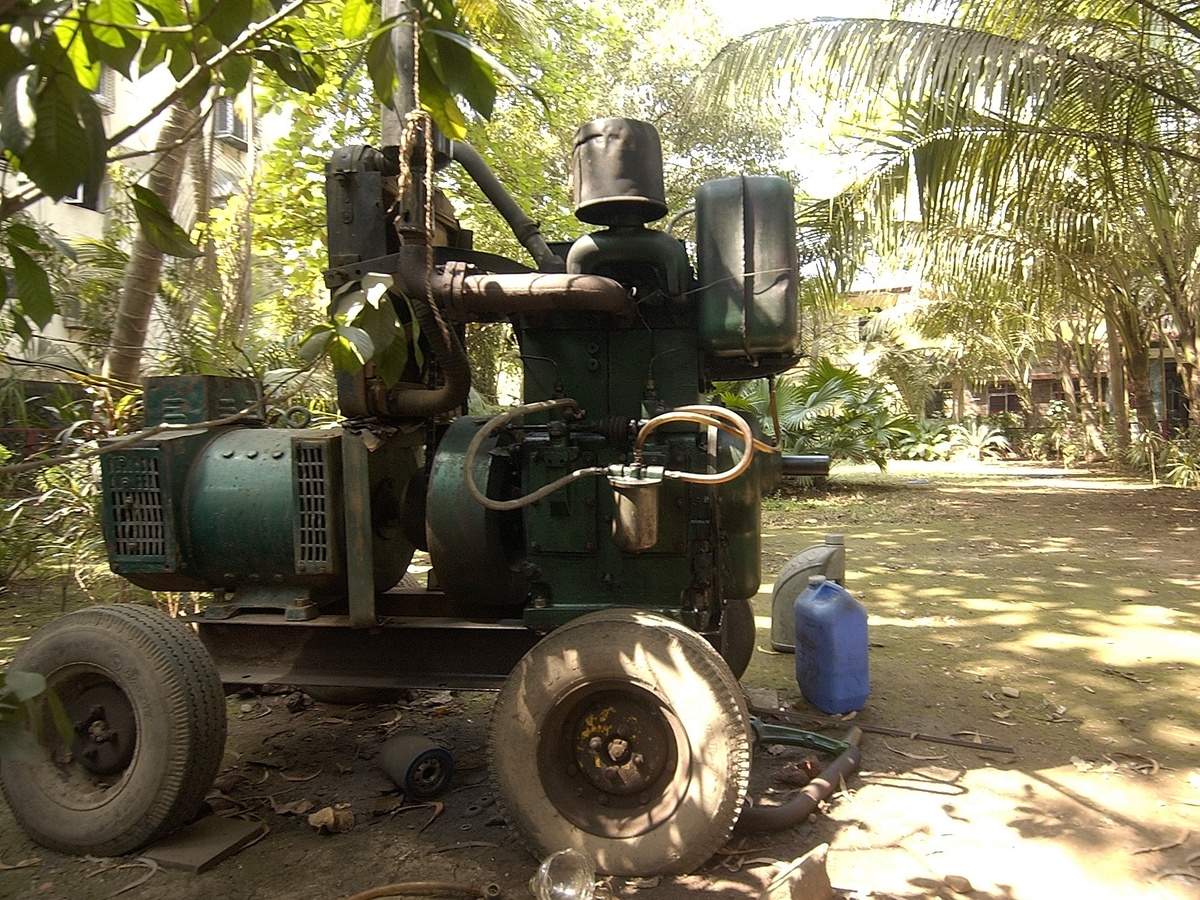
- Jobs2Careers: Offers customizable job search engine for employers and job seekers.
- Indeed: A job search engine that allows employers to post jobs and job seekers to search for them.
- Monster: One of the world’s leading job sites with millions of job postings.
- CareerBuilder: Offers job postings and career advice for job seekers.
- Glassdoor: Offers job postings and reviews of companies.
- ZipRecruiter: Provides an easy-to-use job search engine for employers and job seekers.
- SimplyHired: Offers job postings and career advice.
- LinkUp: A job search engine that aggregates job postings from thousands of websites.
- Jobs.com: A job search engine with millions of job postings.
- Jobrapido: A job search engine that aggregates job postings from hundreds of websites.
1 Honda EU2200i
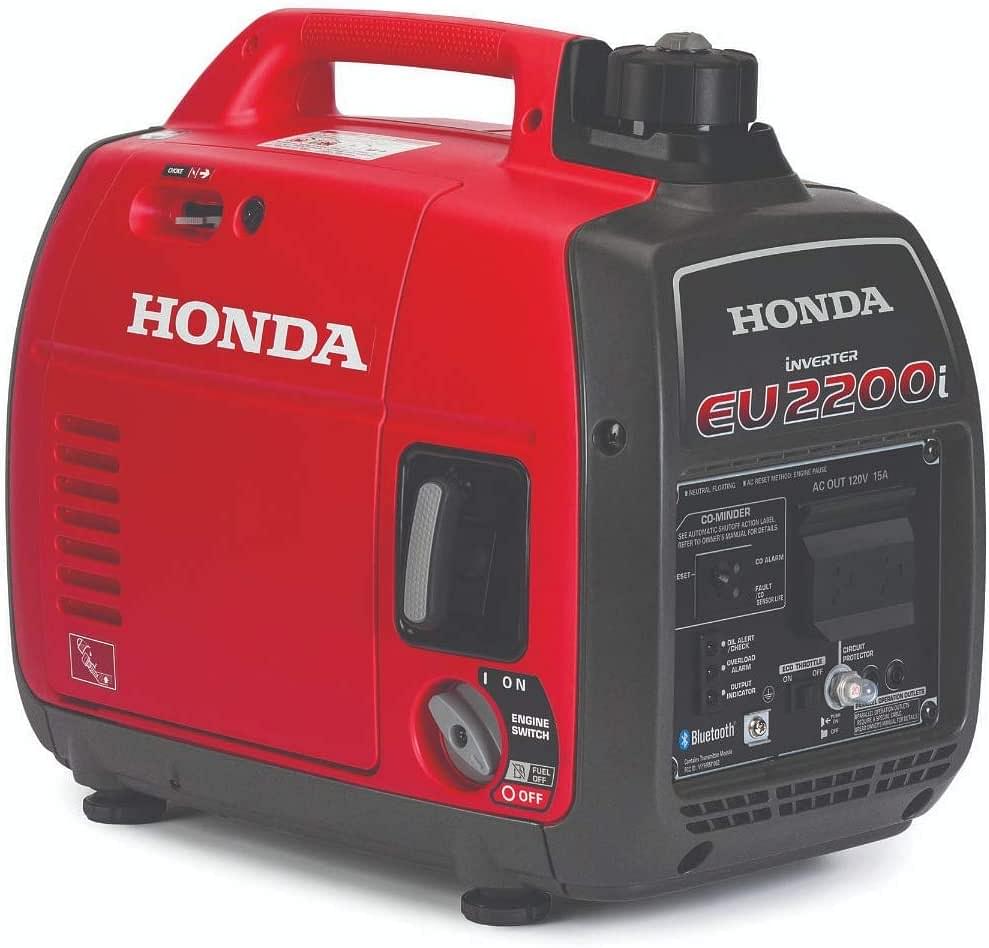
- 2,200-watt maximum output
- 1,800-watt rated output
- 120-volt AC output
- 98.1cc Honda GXR120 engine
- Oil Alert® system
- Fuel-efficient Eco-Throttle
- Lightweight (46.3 lbs)
- 4-stroke OHV engine
- Compact, lightweight design
- Noise level of 57 dB
- Parallel capabilities
The Honda EU2200i is a portable, lightweight generator ideal for job sites. It has a maximum output of 2,200-watts, a rated output of 1,800-watts, and a 120-volt AC output. Powered by a 98.1cc Honda GXR120 engine and the Oil Alert® system, the EU2200i is fuel-efficient and reliable. It has a lightweight design, weighing only 46.3 lbs, and produces a noise level of 57 dB. It also has parallel capabilities, allowing you to combine two generators for even more power.
2 WEN 56200i

| Max Output | Running Watts | Starting Watts |
|---|---|---|
| 10,500 Watts | 8,500 Watts | 9,500 Watts |
The WEN 56200i is a powerful portable generator powered by a 79.7cc 4-stroke OHV engine. It has a rated output of 10,500 watts and a running wattage of 8,500 watts. It has an electric start with a recoil backup and a low-oil shutdown to protect the engine. It comes with two 120V 20A outlets, one 120V 30A twist lock outlet, one 12V DC outlet, and one 5V USB port. It also has a fuel shutoff valve and an overload protection circuit. It is CARB-compliant and comes with a 2-year warranty.
3 DuroMax XP12000EH
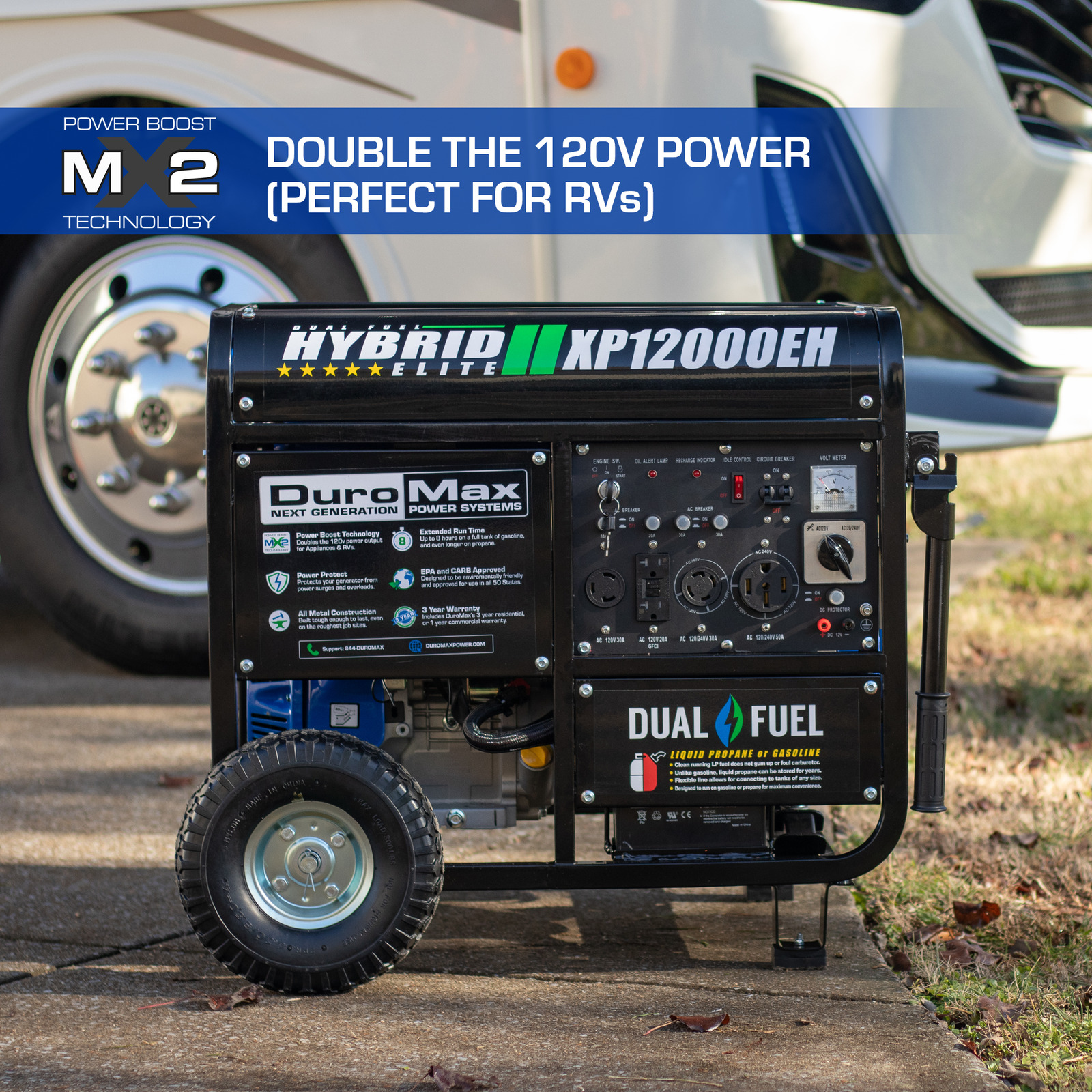
- 12,000 peak watts and 9,500 running watts
- 18-HP DuroMax engine
- Electric start for easy operation
- Wheels and fold-up handles for portability
- Idle control for extended run time
The DuroMax XP12000EH is a powerful, portable jobsite generator. It has a peak power output of 12,000 watts and a running power output of 9,500 watts. It features an 18-HP DuroMax engine and electric start for easy operation. The generator also has wheels and fold-up handles for portability and idle control for extended run time.
4 Briggs & Stratton P4500

- Power: 4,500 running watts and 5,250 starting watts
- Engine: Briggs & Stratton 1650 Series OHV engine
- Fuel tank capacity: 6.6 gallons
- Noise level: 69 dB
- Outlets: 2 120V 20A 5-20R GFCI Duplex, 1 120V 30A L5-30R and 1 120/240V 30A L14-30R
- Weight: 131 lbs.
The 4 Briggs & Stratton P4500 is an ideal jobsite generator. It delivers 4,500 running watts and 5,250 starting watts, enough to power most of your essential tools and appliances. The P4500 features a Briggs & Stratton 1650 Series OHV engine, 6.6 gallon fuel tank, 69 dB noise level to keep the environment peaceful, and four outlets. These include two 120V 20A 5-20R GFCI Duplex outlets, one 120V 30A L5-30R outlet, and one 120/240V 30A L14-30R outlet. Despite its robust power, the P4500 is surprisingly lightweight at 131 lbs.
Job Site Generator Safety Tips

- Inspect the generator and fuel tanks before use to make sure everything is in good working order and free from any defects
- Always use the correct fuel for the generator being used
- Ensure all safety features, such as circuit breakers and ground fault interruption, are in proper working order
- Keep the generator away from areas of high foot traffic and combustible materials
- Maintain adequate ventilation around the generator while it is running
- Never operate the generator in an enclosed space
- Never refuel the generator while it is running
- Always shut off the generator and let it cool down before refueling
- Always wear protective gear such as goggles and gloves when handling fuel
- Never leave the generator unattended while it is running
- Make sure all fuel containers are sealed and labeled correctly
- Never overload the generator beyond its rated capacity
- If necessary, use extension cords that are rated for outdoor use and are the correct gauge for the application
- Disconnect the extension cords from the generator when it is not in use
- Always turn off the generator before connecting or disconnecting extension cords or other devices
1 Read the Manual
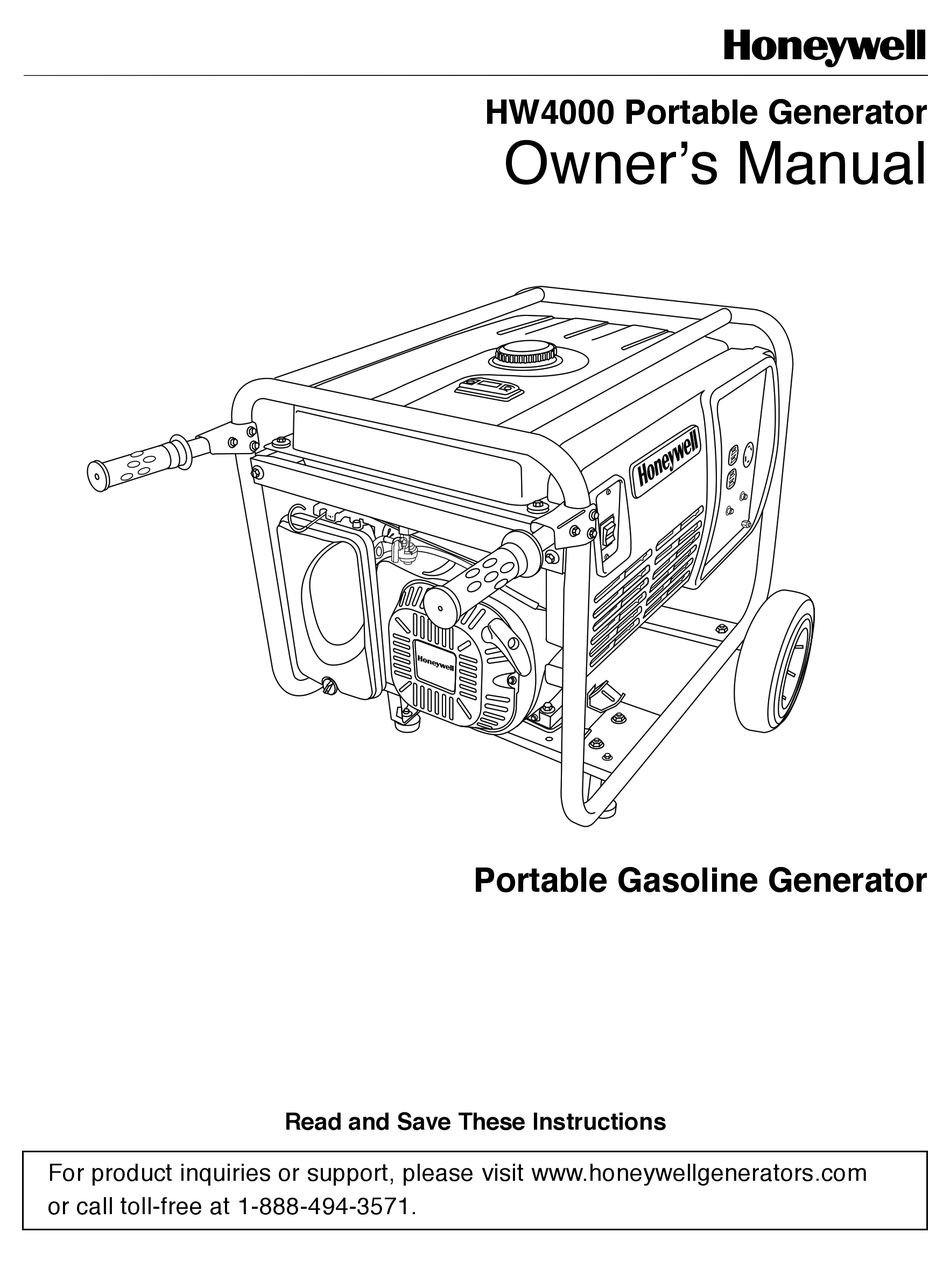
Before using a jobsite generator, it is important to read the manual carefully. This will ensure that the generator is being used safely and correctly, and that all instructions are understood. Familiarize yourself with the safety features of the generator, such as the automatic shut-off switch, and the proper way to refuel and start the generator. Additionally, check the manual for information on the generator’s fuel requirements. Pay attention to any warnings or cautions, and be sure to follow all instructions closely.
2 Place the Generator in a Well-Ventilated Area
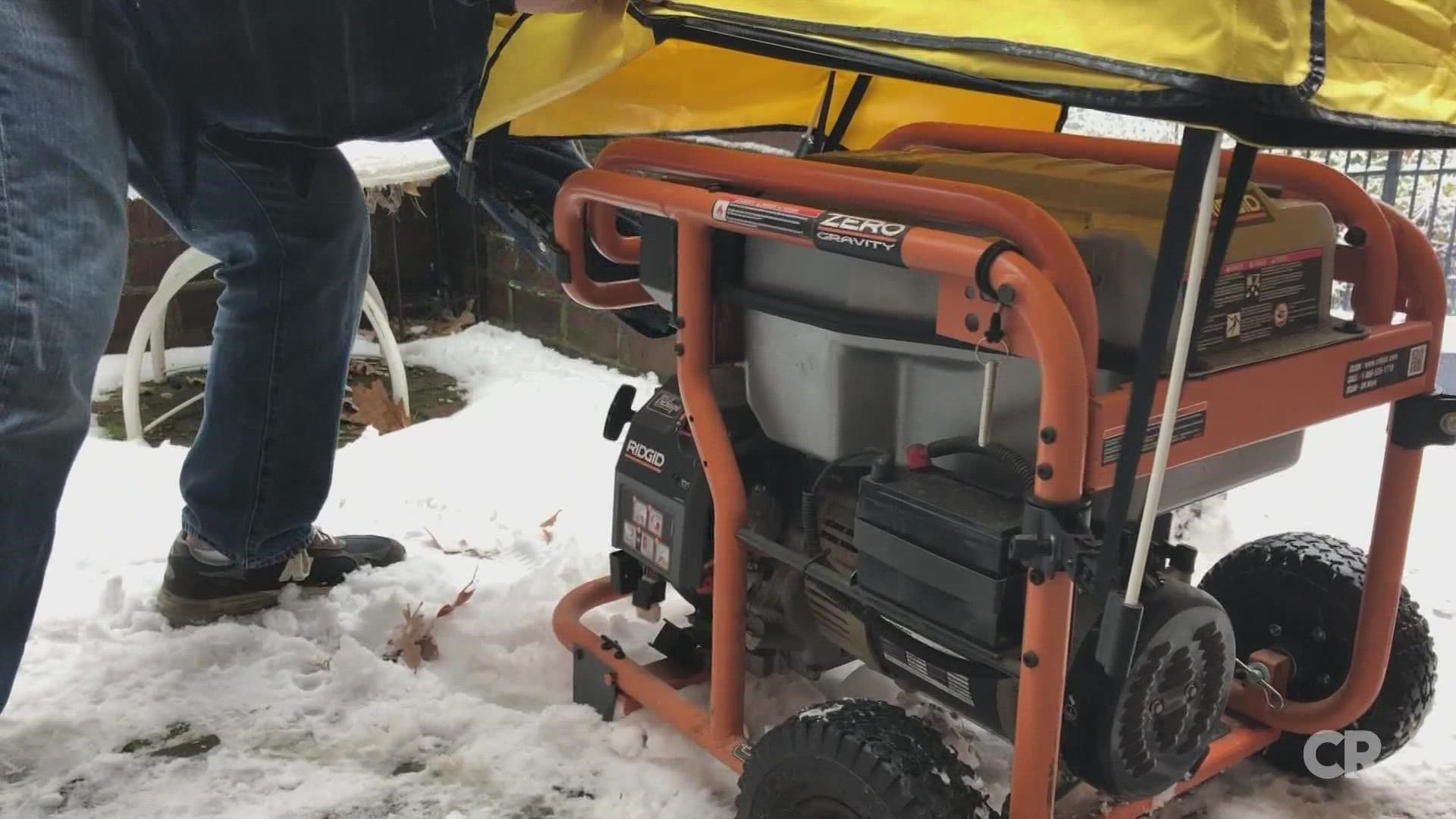
| Description | Recommendation |
|---|---|
| Generator placement | In a well-ventilated area |
| Reason | The exhaust of the generator contains carbon monoxide, which is an odorless, colorless, and poisonous gas |
It is important to place the generator in a well-ventilated area, as the exhaust of the generator contains carbon monoxide, which is an odorless, colorless, and poisonous gas. This gas can cause illness and even death if inhaled in large amounts. Therefore, the generator should be placed in an open area with access to plenty of fresh air. Additionally, it should be placed at least 25 feet away from any buildings or other structures to ensure proper ventilation.
3 Use the Right Cords
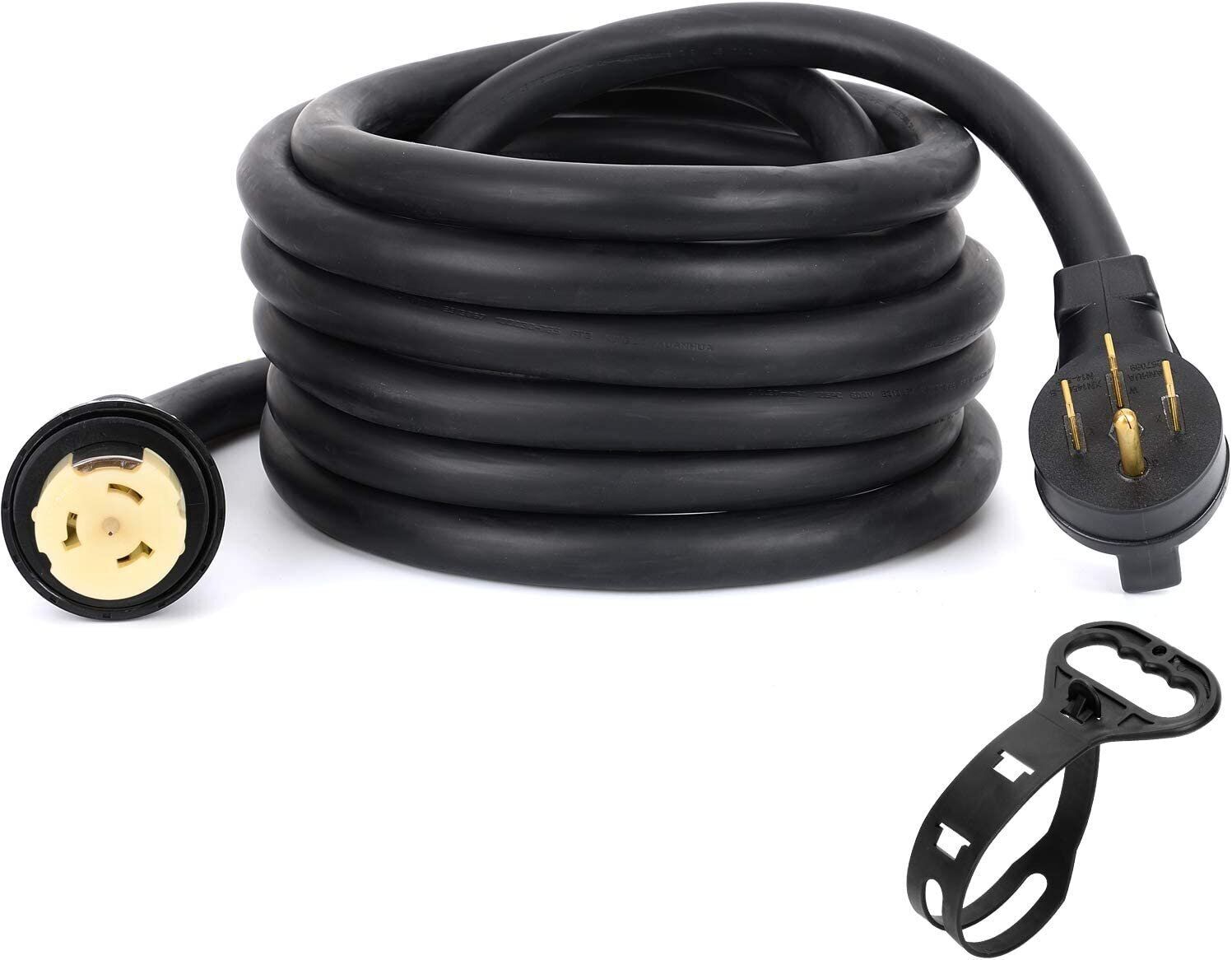
- Choose cords with a voltage rating that is equal to or greater than the rated voltage of the generator.
- Use outdoor-rated power cords that are designed for outdoor use.
- Check the wattage rating of the cord to make sure it is equal to or greater than the wattage of the generator.
4 Fuel the Generator Properly
Always make sure to use the correct type of fuel for the generator. Gasoline or diesel fuel should be used depending on the generator’s type. Make sure to refuel the generator before running out of fuel, as starting a generator with an empty tank can damage the engine. Always use a funnel when refuelling to avoid spilling fuel. Before refuelling, always make sure to switch off the generator, as refuelling with the generator running can be dangerous. The fuel tank should also be tightly sealed after each use to prevent any leakage.
5 Use the Right Outlets
| Outlet | Application |
|---|---|
| RV Outlet | RVs, campers, and travel trailers |
| 120V Outlet | Power tools, appliances, and lighting |
| 240V Outlet | Welder, air compressor, and large appliances |
| 30A Outlet | Power tools, pressure washers, and large appliances |
| 50A Outlet | Large appliances, air conditioners, and hot tubs |
Using the right outlet is important for the safe operation of your generator. Different outlets are designed to handle different power outputs and applications. When choosing an outlet for your generator, make sure to select one that is designed to handle the power output and application you need. Here are some of the most common outlets and their applications: RV Outlet for RVs, campers, and travel trailers; 120V Outlet for power tools, appliances, and lighting; 240V Outlet for welders, air compressors, and large appliances; 30A Outlet for power tools, pressure washers, and large appliances; and 50A Outlet for large appliances, air conditioners, and hot tubs.
Frequently Asked Questions
What is the Best Jobsite Generator for My Next Generators Project?
When selecting a jobsite generator for your next project, consider the size of your project, the number of tools and appliances needing power, the duration of the project, and the fuel type. A compact, lightweight generator is best for smaller projects, while larger projects may require a more powerful generator. Portable generators are best for short-term projects, while stationary generators are better suited for long-term projects with higher wattage requirements. Additionally, consider the type of fuel the generator uses—gasoline, diesel, propane, or natural gas. Different fuel types offer different benefits and drawbacks.
How can I find the best generator for job site?
When looking for the best generator for your job site, it is important to consider the size, power needs, and noise level of the generator you require. Power needs should be calculated based on the number of machines and tools that will be used in the job site and the power requirements of each machine and tool. It is also important to consider the noise level of the generator and how this will affect the job site environment. Additionally, it is important to research the reliability and durability of the generator, as well as the availability of spare parts. Finally, the cost of the generator should be taken into account when making the final decision.
What is the best portable generator for construction?
Portable generators are essential for construction sites, providing reliable power for tools and lighting. The best portable generator for construction must offer plenty of power, be durable and reliable, and be easy to move around. Generators with higher wattage, like 12,000 to 15,000 watts, are ideal for construction sites as they can power multiple tools at once. Additionally, look for generators with a steel frame, heavy-duty wheels, and an ergonomic handle design for easy maneuvering. Look for features like an engine low-oil shut-off, an electric start, and a fuel gauge to ensure your generator is reliable and safe.
What is the best construction generator for my project?
When selecting a generator for a construction project, it is important to consider the size of the project and the power needs. Generators come in various sizes and have different power output ratings, so it is important to choose one that meets the project requirements. Additionally, generators come with many features and options, so it is necessary to evaluate the specific needs of the project in order to choose the best generator. Safety is also a critical factor to consider when selecting a construction generator.
What is the difference between a contractor generator and a job site generator?
A contractor generator is designed to provide power to a single piece of equipment, such as a saw or drill, and typically has lower wattage ratings. A job site generator is designed to provide power to multiple pieces of equipment and has higher wattage ratings, allowing for larger jobs and more power. Job site generators can also be used to power multiple pieces of equipment at the same time, making them ideal for larger projects.
Conclusion
A jobsite generator is an excellent choice for any generator project. It is durable, reliable, and can power a variety of pieces of equipment. It is also portable, making it a great choice for remote sites or locations where electricity is not available. It is easy to use and maintain, making it a great choice for those who are looking for an efficient and cost-effective way to power their projects.

